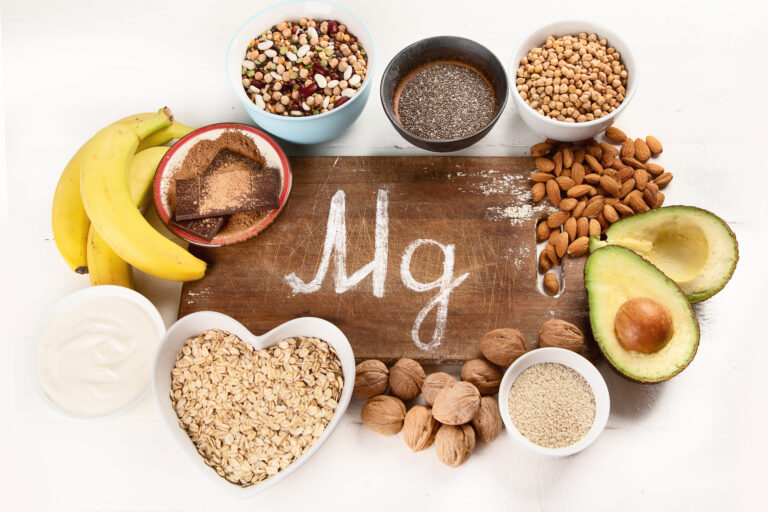Anemia is a medical condition characterized by a **reduction in the number or volume of red blood cells (erythrocytes)** or a deficiency in hemoglobin, the protein in red blood cells responsible for carrying oxygen throughout the body[1]. This deficiency leads to insufficient oxygen delivery to tissues, causing various symptoms and health complications.
### What Causes Anemia?
Anemia arises when the balance between red blood cell production and destruction is disrupted, or when blood loss occurs faster than the body can replace it. The main mechanisms include:
– **Reduced red blood cell production:** This can happen due to nutritional deficiencies (notably iron, vitamin B12, and folate), bone marrow disorders (such as leukemia or aplastic anemia), hormonal deficiencies, or chronic diseases like kidney failure and cancer that inhibit red blood cell formation[1][2][3].
– **Increased red blood cell destruction (hemolysis):** This may be caused by inherited defects (e.g., sickle cell anemia, hereditary spherocytosis, glucose-6-phosphate dehydrogenase deficiency), exposure to certain chemicals or drugs (like sulfanilamide or primaquine), or immune reactions against red blood cells (e.g., erythroblastosis fetalis)[1].
– **Blood loss:** Acute or chronic bleeding, such as from heavy menstruation, gastrointestinal bleeding, or trauma, can lead to anemia by depleting red blood cells faster than they can be replenished[2].
### Types of Anemia
There are nearly 100 varieties of anemia, classified based on their causes and the characteristics of the red blood cells involved. Some common types include:
– **Iron deficiency anemia:** The most common form, caused by insufficient iron, which is essential for hemoglobin production. Without enough iron, the body cannot produce adequate hemoglobin, leading to smaller and paler red blood cells[3].
– **Vitamin deficiency anemia:** Caused by a lack of vitamin B12 or folate, which are necessary for red blood cell synthesis. This results in the production of abnormally large red blood cells (macrocytes) that function poorly[5].
– **Hemolytic anemia:** Due to premature destruction of red blood cells from inherited conditions or external factors[1].
– **Aplastic anemia:** A bone marrow disorder where the marrow fails to produce enough red blood cells[1].
– **Sickle cell anemia:** A genetic disorder causing red blood cells to assume a sickle shape, leading to their early destruction and impaired oxygen delivery[1].
### Symptoms of Anemia
Symptoms vary depending on the severity and type of anemia but generally reflect the body’s response to oxygen deprivation:
– **Fatigue and weakness:** Due to reduced oxygen supply to muscles and organs[2][3].
– **Shortness of breath and rapid heartbeat:** The heart compensates for low oxygen by pumping faster, which can lead to enlargement over time[1][2].
– **Pallor:** Noticeable in the skin, mucous membranes, and nail beds due to reduced red blood cells[1][2].
– **Dizziness, lightheadedness, and fainting:** Resulting from insufficient oxygen to the brain[1][2].
– **Cold hands and feet, headaches, difficulty concentrating:** Common complaints linked to poor oxygenation[3][4].
– **Other signs:** Yellowish skin (in some types like hemolytic anemia), brittle nails, hair loss, and restless legs[2][4].
### Diagnosis and Treatment
Diagnosis typically involves blood tests measuring red blood cell count, hemoglobin levels, and red blood cell size and shape. Additional tests may identify underlying causes such as iron levels, vitamin B12 and folate concentrations, or bone marrow function[2][3].
Treatment depends on the cause:
– **Nutritional supplementation:** Iron, vitamin B12, or folate supplements to correct deficiencies[5].
– **Managing underlying diseases:** Treating chronic infections, kidney disease, or bone marrow disorders[1][2].
– **Blood transfusions:** In severe cases to quickly restore red blood cell levels.
– **Medications:** For inherited or immune-related anemias, specific drugs may be used to reduce red blood cell destruction or stimulate production[1].
### Who Is at Risk?
Certain groups are more vulnerable to anemia:
– **Women:** Due to menstrual blood loss and increased demands during pregnancy[4].
– **Children:** Especially infants and young children who may have nutritional deficiencies or inherited forms[4].
– **Older adults:** Often due to chronic diseases or poor nutrition[4].
– **People with chronic illnesses or genetic disorders:** Such as kidney disease, cancer, sickle cell disease, or thalassemia[1][2].
Anemia is a complex condition with diverse causes and manifestations, requiring careful evaluation to identify the specific type and underlying factors for effective treatment.
—
**Sources:**
[1] Britannica – Anemia: Causes, Symptoms & Treatment
[2] Chequers Health – What is Anemia: Causes, Symptoms, Types and Treatment
[3] Artemis Hospitals – Anemia: Causes, Symptoms, and Diagnosis
[4] Lam Clinic – Anemia – The Condition We Forget to Remember
[5] Mayo Clinic – Vitamin deficiency anemia: Symptoms & causes




